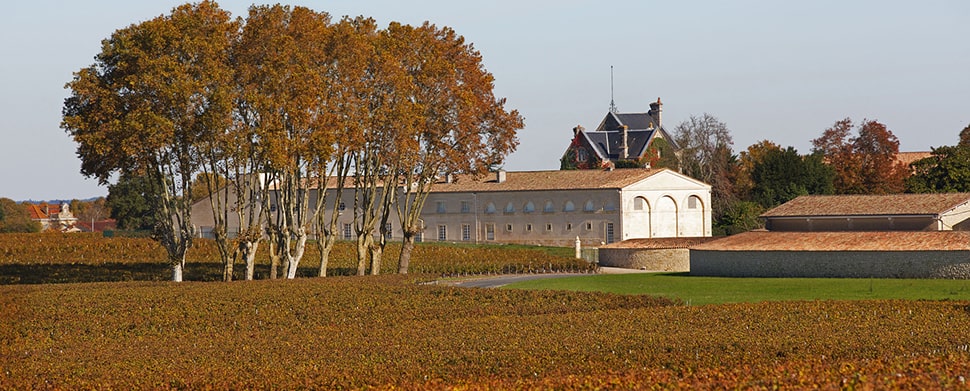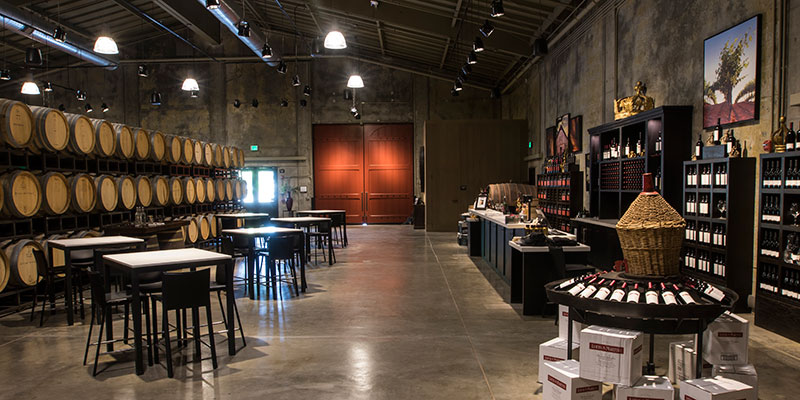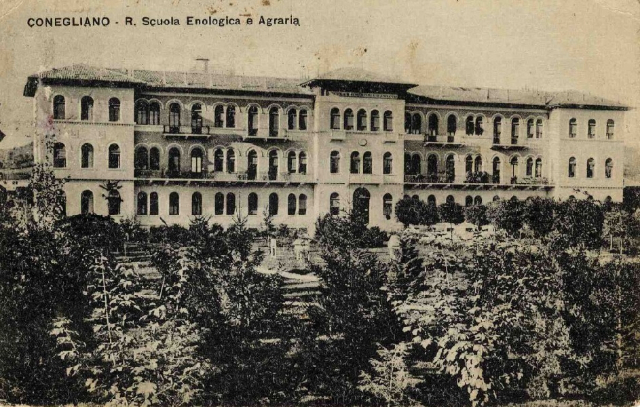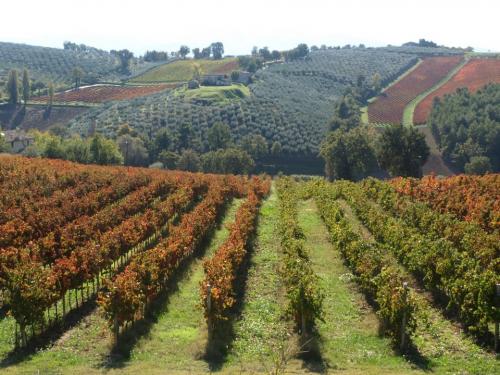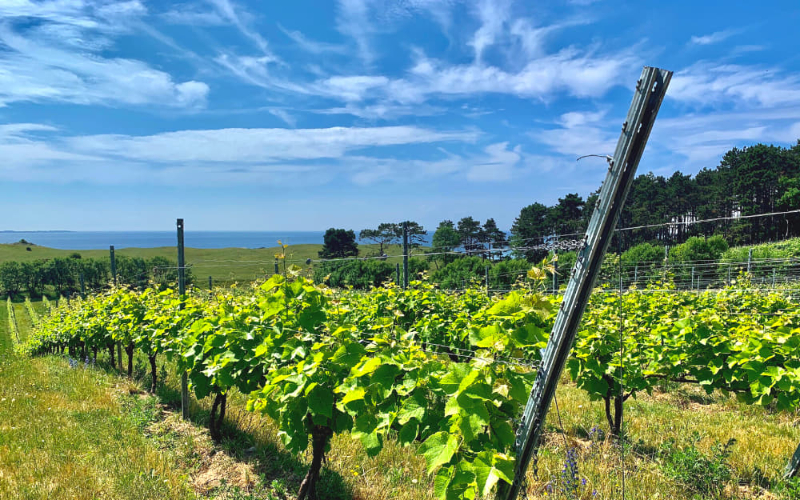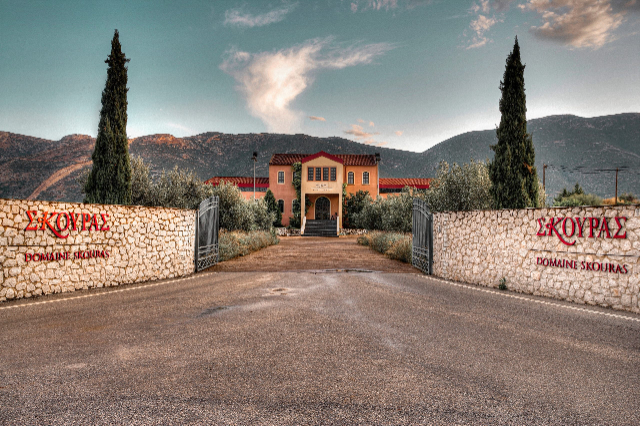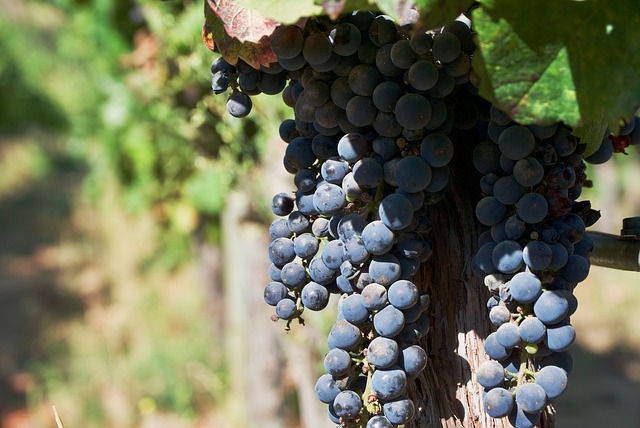In 1853 Baron Nathaniel de Rothschild, who wished to serve his wine to his prestigious guests, bought Château Brane – Mouton at an auction. The estate, in Pauillac in the heart of Médoc, will henceforth bear his name: Château Mouton Rothschild.
In 1924, Baron Philippe de Rothschild, great-grandson of Baron Nathaniel, took the fate of the estate into his own hands in 1922. Two years later, he insists that all wine, hitherto delivered to Bordeaux wine merchants in barrels, must be bottled at the chateau. Also in 1924, Baron Philippe asks Jean Carlu to design the label but the initiative , ahead of its time, is not repeated.
In 1926 the decision to bottle the wine at the chateau means more storage space is needed there. The spectacular 100-meter-long Grand Chai (Great Barrel Hall), designed by architect Charles Siclis, was built in 1926.
In 1933 in a spirit of loyalty to Médoc, Baron Philippe acquired a small winery in Pauillac, destined to a flourishing future under the name by which it is now known , Baron Philippe de Rothschild SA. Among other wines, the winery produces and commercializes Mouton Cadet, created in 1930 and now leader of the AOC Bordeaux brand of the world.
In 1945, in order to celebrate the victory of the Allies and to mark his return to his lands, Baron Philippe asked the artist Philippe Jullian to illustrate the label of Mouton Rothschild: the "V" of victory appeared on the bottles, to universal acclaim. Since then, the label for each vintage has been illustrated with a reproduction of an original work of art created especially for Mouton by a contemporary artist.
In 1973, after a long struggle by Baron Philippe, Château Mouton Rothschild achieved the Premier Cru Classé status (classified First Growth) of which it had been unjustly deprived in the 1855 classification. Following a decree signed by Jacques Chirac, then Minister of Agriculture, Mouton officially joins an elite to which it had belonged de facto for many years.
In 1991 With 1991 vintage , Château Mouton Rothschild signs the first bottles of Aile d’Argent. This high quality dry white wine is produced from 7 hectares (20 acres) of vines in the Mouton Rothschild vineyard, planted with white grape varieties in the early 1980’s (57% Semillon, 42% Sauvignon, 1% Muscadelle).
In 1993 Baroness Philippine created a second wine, Le Petit Mouton de Mouton Rothschild , which soon found its place and its market . Generally made with grapes from selected younger vineyards, it receives the same care and attention as the first growth.
In 2003 Château Mouton Rothschild celebrates its 150th anniversary . In a departure from tradition, Baroness Philippine dedicates the entire label to her ancestor Baron Nathaniel de Rothschild (1812-1870), who acquired Mouton May 11, 1853. Baron Nathaniel appears on the label in a photograph of the time, against a background that reproduces part of the deed of purchase of the estate . The document, preciously kept in the Mouton archives, marks the beginning of a long love story between the Rothschilds and the wines of Bordeaux.
In a 2006 auction organized by Christie in Beverly Hills on September 28th, a bag of twelve bottles of Mouton Rothschild 1945 went for $290,000, and a bag of six magnums of the same vintage for $345,000. Château Mouton Rothschild 1945 becomes the most expensive wine in the world.
Adding icing to the cake is the creation of the first French-California quality wine, Opus One, created in partnership with Robert Mondavi.
In 2012, a stunning vat room entered service at Mouton . Designed and built by set designer Richard Peduzzi and Bordeaux architect Bernard Mazières in consultation with Philippe Dhalluin, Managing Director in charge of the family company’s chateaux, it combines tradition and cutting-edge technology and includes a tasting room overlooking the vineyards.
